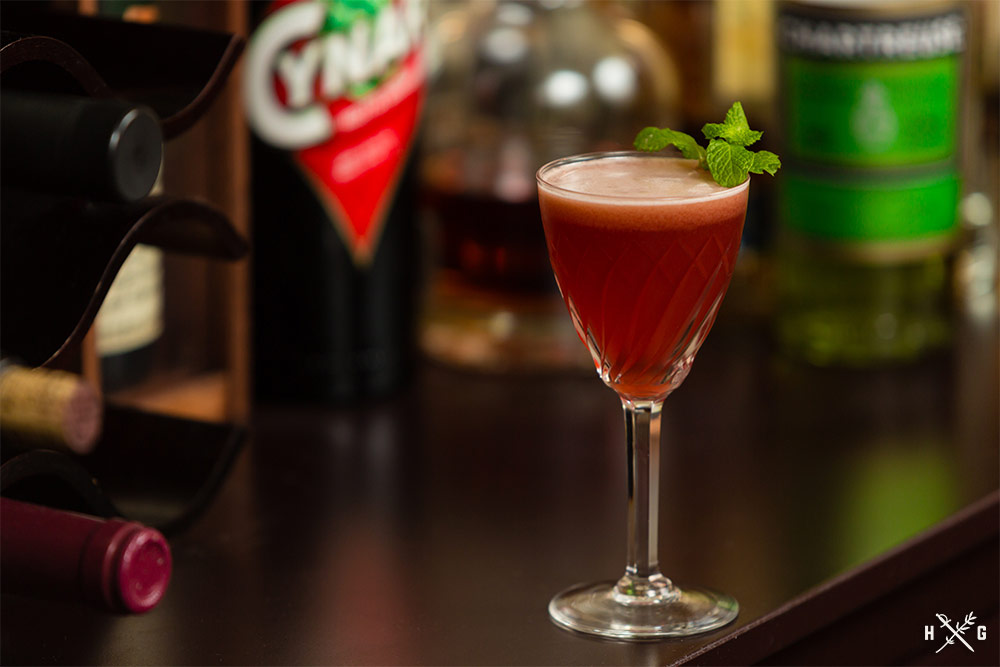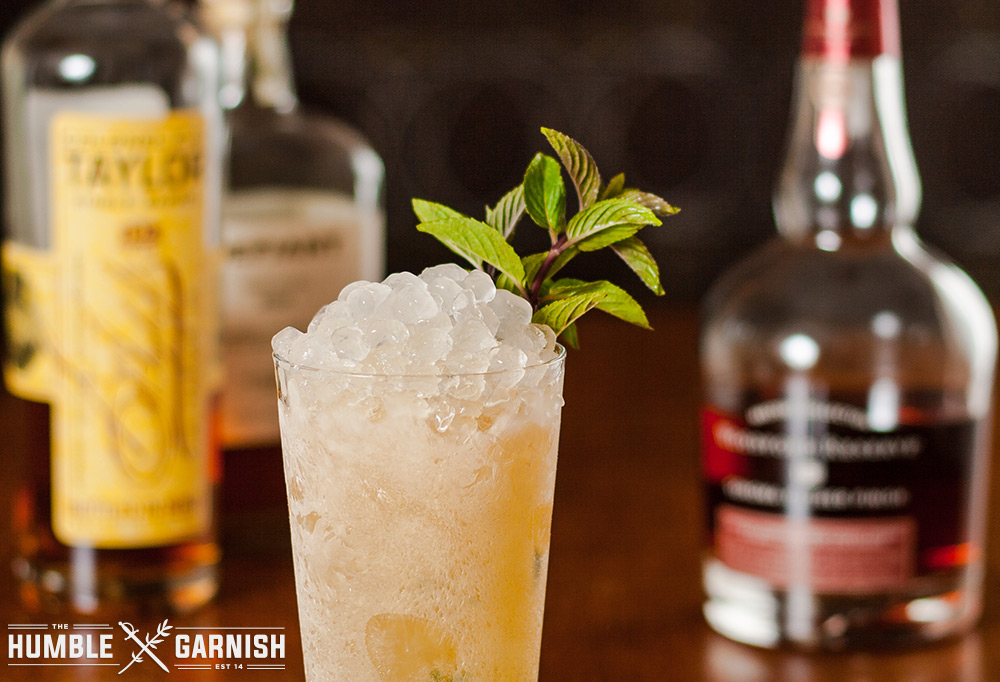The cocktail revolution is over and the cocktails have won. But, who were the revolutionaries responsible for shaping cocktail culture so that well-made old fashioneds are ubiquitous?
(This article was originally published in the 2017 August A issue of The Tulsa Voice.)
One of them is this year’s Philbrook MIX special guest judge, Noah Rothbaum—founding editor of Liquor.com, drink and food editor for The Daily Beast, and author of The Art of American Whiskey.
I chatted with him while he was attending Tales of the Cocktail in New Orleans, where he was a speaker and nominee for Best Cocktail and Spirits Writer.
ANDREW SALIGA: How did you get into cocktail writing?
NOAH ROTHBAUM: I did an internship at Food & Wine during college. I worked under Pete Wells who is now the New York Times’ restaurant critic. I remember one of the first weeks that I was interning there, he introduced me to Dale DeGroff, who had left the Rainbow Room to work at Blackbird.
SALIGA: I assume that “you drink everyday” is the common misconception about your work. What’s it really about for you?
ROTHBAUM: (laughs) People always assume that I am drunk all day, which is not true. Or that I’m at bars all night. (laughs) There are many days and nights that I don’t have any drinks. The experience is obviously wonderful in drinking a great cocktail or a nice glass of whiskey, but what really drew me in was this world was so rich and layered. In some ways you’re part historian, part detective, part archivist, part paleontologist—digging up all these old recipes that have been lost over the decades.
SALIGA: What are trends you are embracing and trends that you think need to die?
ROTHBAUM: You’ve had great cocktail bars in New York, LA, San Francisco, Miami, but now it’s Milwaukee, Minneapolis, Tulsa, Madison, Rochester, Detroit. People are taking the cocktail DNA and they’re grafting it onto whatever the local rootstalk is, and that’s where you really see the cocktail making its way back. Where it appears in all types of bars and restaurants, not just faux-speakeasies.
I don’t think there is anything wrong with speakeasies. I’ve certainly spent my share of time in them. I do think that, sometimes, in the rebirth of the cocktail, some of us, myself included, can get kind of serious about drinks. What obviously makes drinking fun is having a good time and that’s okay. That’s part of it—creating a hospitable and fun atmosphere—and I think sometimes that gets a little lost when people are so focused on creating the best cocktails they possibly can.
SALIGA: Transitioning to the home bar, what are you currently enjoying?
ROTHBAUM: For the summer it’s often about citrusy, carbonated, long drinks. Whether it’s the Paloma, the Moscow mule, or the Dark ‘n’ Stormy. Really, in the summer you just want something that’s refreshing and citrusy. Dave Wondrich is obviously the authority on punch and I’m always putting together my recipe the night before, texting him. Sometimes he’ll send back his suggestions and tweaks.
SALIGA: Tell me about the podcast you host with Wondrich.
ROTHBAUM: It’s called “Life Behind Bars.” We talk about the foremost bartenders and bars that changed how the world drinks. Really, it will appeal to anyone who likes to drink—it’s not just for bartenders or cocktail geeks or whiskey nerds. The most recent episode is on pet peeves when we’re drinking at cocktail bars.
SALIGA: What’s your approach for judging MIX?
ROTHBAUM: It’s a cocktail tasting, not a cocktail drinking. This isn’t Nathan’s Hot Dog Eating Contest.
I want a cocktail that’s balanced. If there are four ingredients I want them all to work in harmony and add something to the drink. I think a lot of cocktails that are on menus you want to try once, but would you want it again? Those are usually the winners.
SALIGA: Let’s say you have two weeks to train someone with no cocktail experience to compete in MIX. How do you prepare them?
ROTHBAUM: The first thing is to get a copy of Dale DeGroff’s book “[amazon_textlink asin=’0609608754′ text=’The Craft of the Cocktail’ template=’ProductLink’ store=’humblegarnish-20′ marketplace=’US’ link_id=’d2a4b79c-0bb0-11e8-b34d-5b6e94cff9db’],” and then really work on technique. Work on balance. Work on perfecting the recipe. Have them get out of their head and bring in friends and family to try it who are cocktail and spirits enthusiasts.
At the end of the day, it should be fun for everybody. Fun for the judges, fun for the bartenders, fun for the crowd. We’re not cramming for the LSAT here. I think the process of creating the drink should be enjoyable, too. I think that the people who have the most fun—that often comes through in the final drink. I’m really looking forward to seeing what people come up with.
Additional Resources
The Art of American Whiskey: A Visual History of the Nation’s Most Storied Spirit, Through 100 Iconic Labels
The Art of American Whiskey: A Visual History of the Nation’s Most Storied Spirit, Through 100 Iconic Labels




